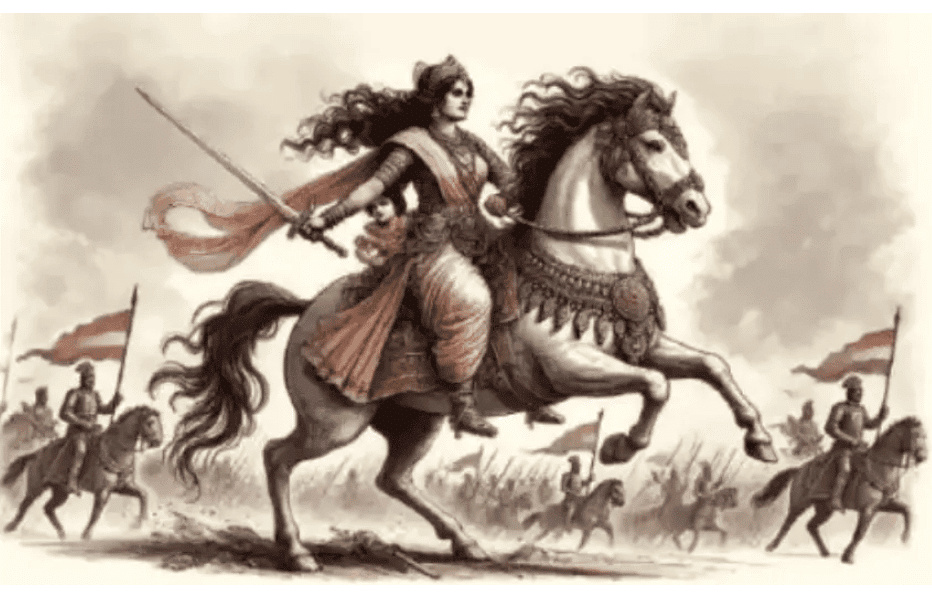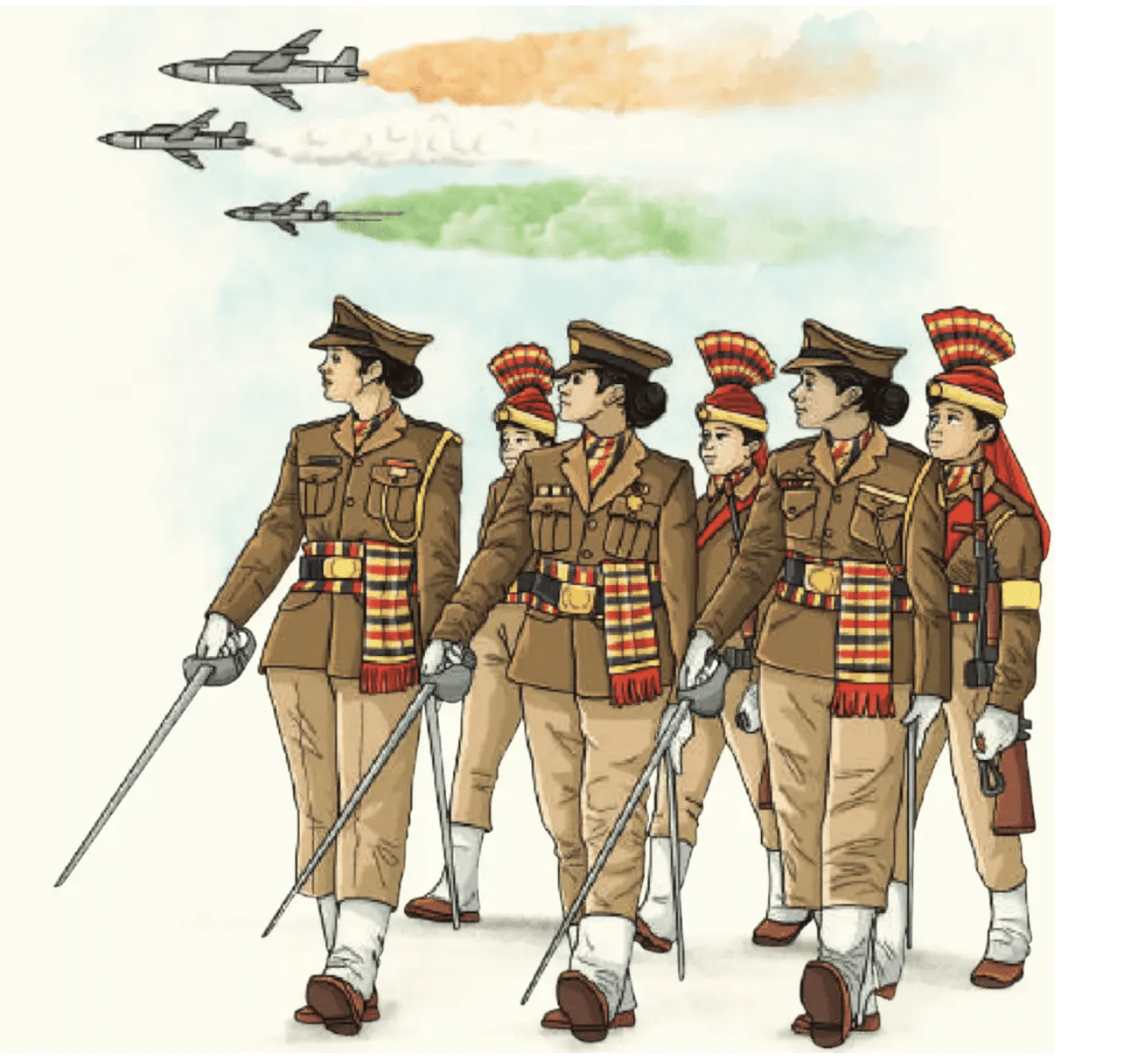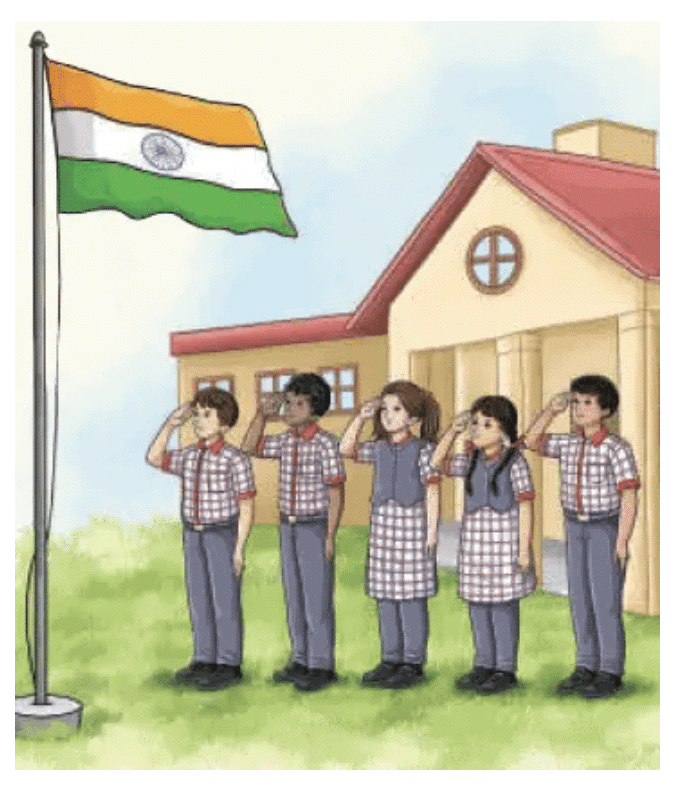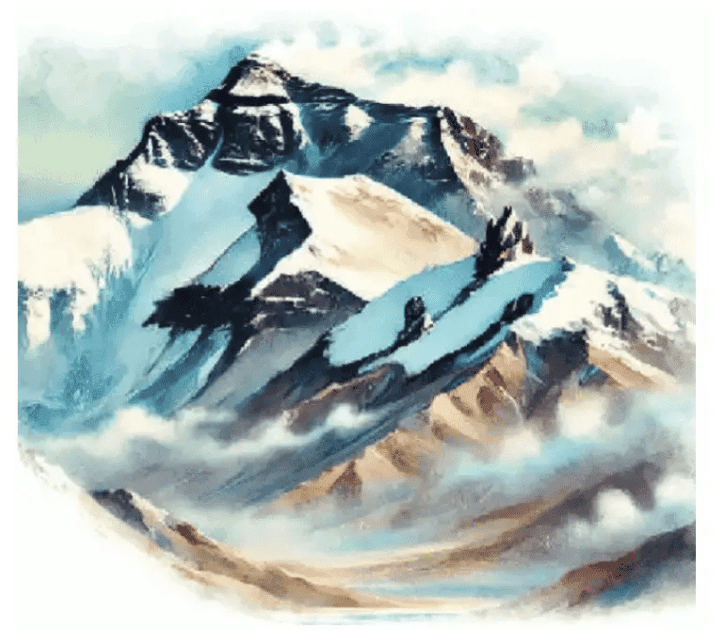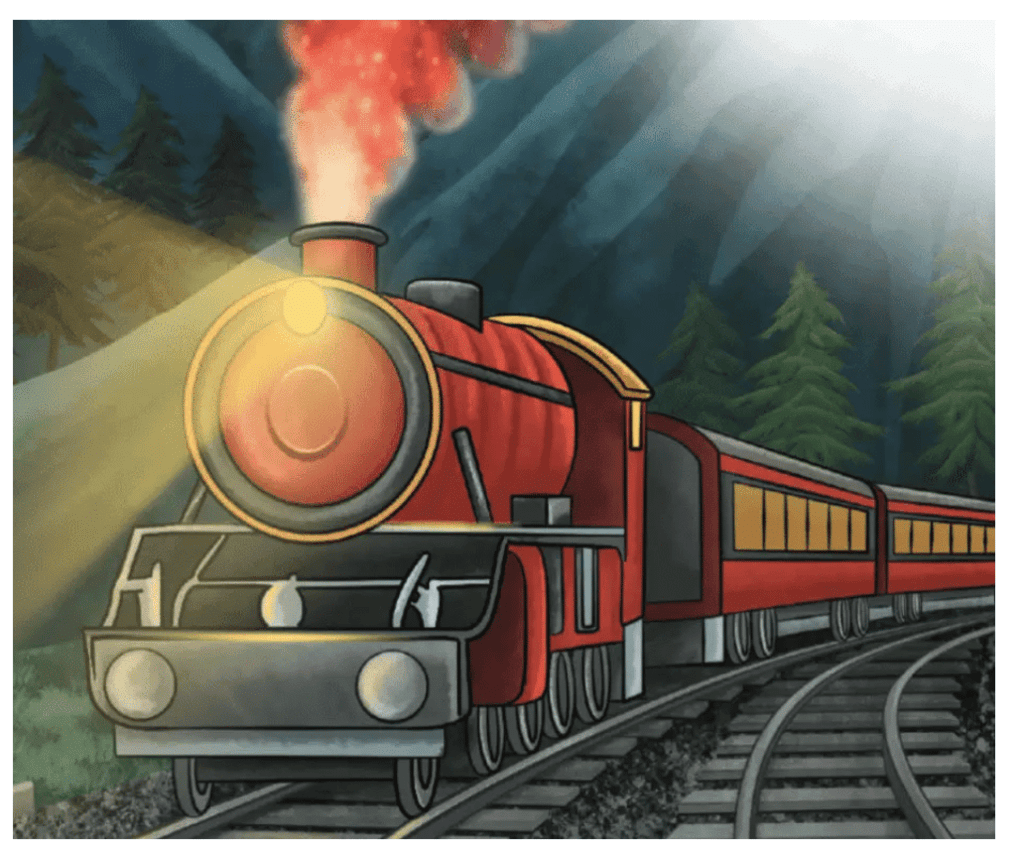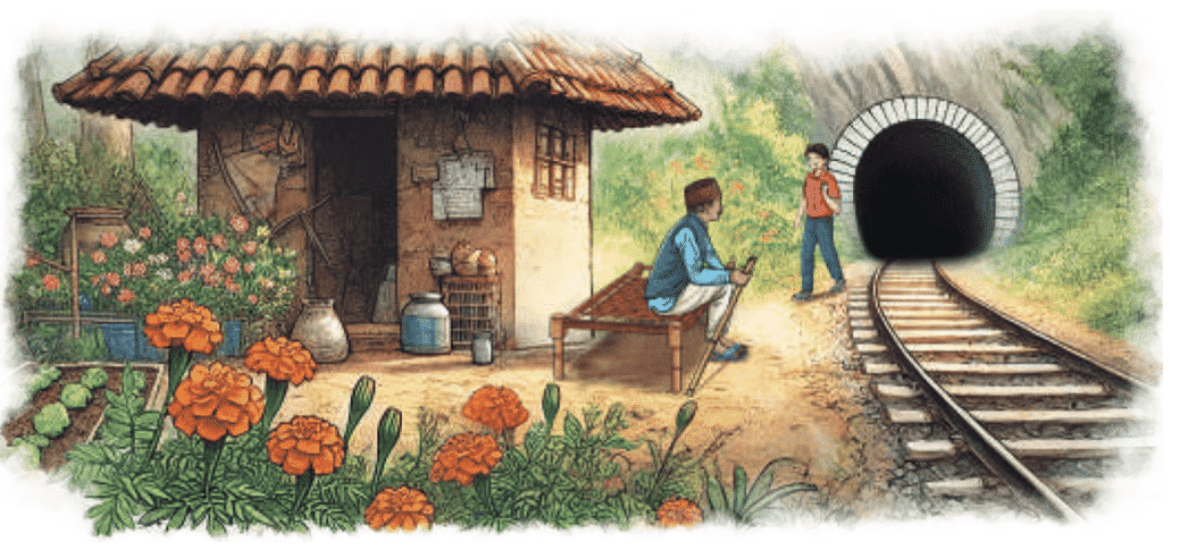Q1: If Priya’s age is p = 25 years, find Rahul’s age using the expression r = p – 4.
Ans: r = 21 years.
Explanation: The expression r = p – 4 means Rahul’s age is 4 years less than Priya’s age.
Substitute p = 25: r = 25 – 4 = 21
Thus, Rahul is 21 years old.
Q2: How many matchsticks are needed to make 9 T’s, given the expression 3n, where n is the number of T’s?
Ans: 27 matchsticks.
Explanation: The expression 3n indicates each T requires 3 matchsticks.
For n = 9 T’s: 3 x 9 = 27
Therefore, 27 matchsticks are needed.
Q3: The cost of one mango is ₹40 and the cost of 1 kg of sugar is ₹50. Write and evaluate an expression to calculate the total cost for 6 mangoes and 4 kg of sugar.
Ans: ₹440
Explanation: Cost of 6 mangoes = 6 × Cost of 1 mango = 6 × 40 = ₹240
Cost of 4 kg sugar = 4 × Cost of 1 kg sugar = 4 × 50 = ₹200
Total Cost = Cost of mangoes + Cost of sugar = 240 + 200 = ₹440
Q4: Find the perimeter of a square with side length s = 8 cm using the expression 4s.
Ans: 32 cm
Explanation: The perimeter of a square is given by 4s, where s is the side length.
Substitute s = 8: 4 x 8 = 32
The perimeter is 32 cm.
Q5: Evaluate the arithmetic expression 30 – 8 x 3.
Ans: 6
Explanation: Follow the order of operations (BODMAS/PEMDAS):
multiplication before subtraction.
Calculate 8 x 3 = 24,
then: 30 – 24 = 6
The value of the expression is 6.
Q6: Find the value of the expression 4k + 5 when k = 3.
Ans: 17
Explanation: Substitute k = 3 into the expression 4k + 5: 4 x 3 + 5 = 12 + 5 = 17
The value is 17.
Q7: Simplify the expression 7p + 2p + 5p to find the total money earned from selling pens.
Ans: 14p
Explanation: Combine like terms by adding the coefficients of p: 7p + 2p + 5p = (7 + 2 + 5)p = 14p
The simplified expression for the total money earned is 14p.
Q8: Calculate Anjali’s score in the first round of a quiz if x = 5 and y = 2, using the expression 6x – 4y.
Ans: 22
Explanation: Substitute x = 5 and y = 2 into the expression
6x – 4y: 6 x 5 – 4 x 2 = 30 – 8 = 22
Anjali’s score is 22.
Q9: Find the number of matchsticks needed for Step 20 in a matchstick pattern using the expression 3y + 2, where y is the step number.
Ans: 62 matchsticks
Explanation: Substitute y = 20 into the expression
3y + 2: 3 x 20 + 2 = 60 + 2 = 62
Thus, 62 matchsticks are needed for Step 20.
Q10: Determine the total amount paid for renting 4 chairs and 2 tables using the simplified expression 30c + 70t, where c represents number of chairs and t represents number of tables.
Ans: ₹260
Explanation: The expression 30c + 70t gives the net cost for renting c chairs at ₹30 each and t tables at ₹70 each after returns. Substitute c = 4 and
t = 2: 30 x 4 + 70 x 2 = 120 + 140 = 260
The total amount paid is ₹260.




